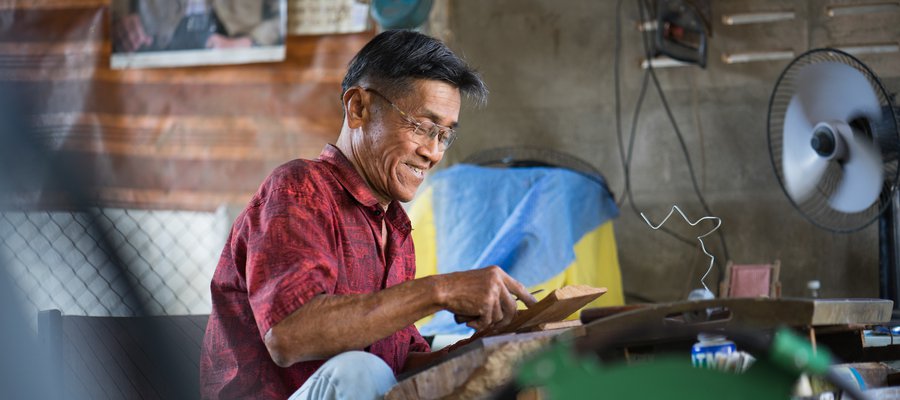Exposing the myths around leprosy
Exposing the myths around leprosy
There are many myths surrounding leprosy that have to be exposed. We want the truth to be known about leprosy all over the world: leprosy is curable and treatment is free.

Be a leprosy champion by championing the truth about leprosy
All over the world, people have incorrect and harmful beliefs about leprosy. These beliefs are based on myths and they lead to discrimination against people affected by leprosy, they cause people to hide their symptoms and delay treatment. When we tackle those myths we become leprosy champions and move ourselves closer to a world without leprosy.
Below are some myths about leprosy, followed by the truth. Use this information to change perceptions about leprosy in your community.
Myth:
Leprosy no longer exists in our world today.
Fact:
The oldest disease known to man is still around today. While most high income countries are almost completely free of leprosy, the disease still exists in large pockets around the globe. The largest number of cases are found in Asia, Africa, and South America. Around 200,000 people are diagnosed with the disease every year and millions more live with the consequences.
Myth:
Leprosy is a curse, the result of sin, or punishment from God.
Fact:
Leprosy is simply a bacterial infection transmitted from the environment or an individual. It does not discriminate based on race, gender, class, age, or religion. It has nothing to do with curses or sin.
Myth:
Leprosy makes bits of your body fall off.
Fact:
The disease itself does not cause parts of the body to fall off; however, severe inflammatory reactions caused by untreated cuts can lead to amputation.
Myth:
Only poor people get leprosy.
Fact:
Leprosy affects individuals with weakened immune systems. The disease often spreads in poorer areas due to poor sanitation and nutrition, but it all depends on a person’s predisposition and the state of their immune system. It can affect the wealthy as well as the poor.
Myth:
Leprosy is incurable.
Fact:
Leprosy is curable with treatment known as multi-drug therapy, or MDT. After receiving MDT for 72 hours, the treatment prevents the disease from spreading and the leprosy is no longer infectious.
Myth:
You shouldn’t touch anyone with leprosy because it’s highly contagious.
Fact:
Leprosy is only a mildly infectious disease that 95 percent of the world’s population is already immune to. Leprosy is not easily transmitted and those affected by it are not “untouchable”. Once a person has received Multi-Drug Therapy (MDT) for 72 hours, they are no longer infectious.